
Renal corpuscle
Renal corpuscles are located in the convoluted regions of the cortex and are composed of a capillary tuft, the glomerulus, surrounded by a double-walled capsule, Bowman’s capsule. The space between the capsular walls, Bowman’s space, receives the fluid passing through the filtration barrier. 400x

Vascular pole >
The vascular pole of the renal corpuscle is the site where the afferent and efferent arterioles connect with the capillary tuft that forms the glomerulus. The glomerular capillary and the visceral layer of Bowman’s capsule surrounding it serves as the filtration barrier for the formation of urine.
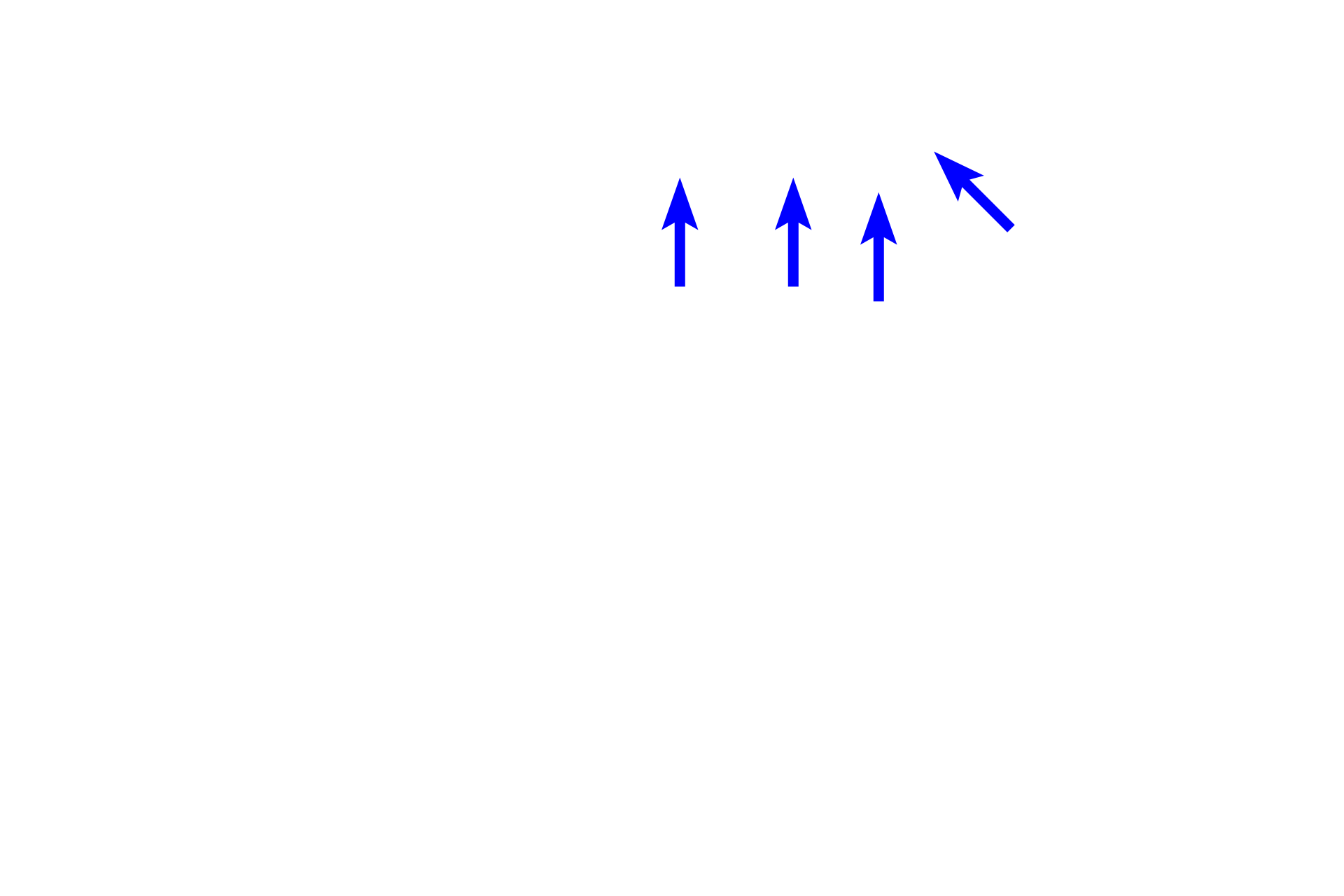
- Afferent arteriole
The vascular pole of the renal corpuscle is the site where the afferent and efferent arterioles connect with the capillary tuft that forms the glomerulus. The glomerular capillary and the visceral layer of Bowman’s capsule surrounding it serves as the filtration barrier for the formation of urine.

Glomerulus
The vascular pole of the renal corpuscle is the site where the afferent and efferent arterioles connect with the capillary tuft that forms the glomerulus. The glomerular capillary and the visceral layer of Bowman’s capsule surrounding it serves as the filtration barrier for the formation of urine.
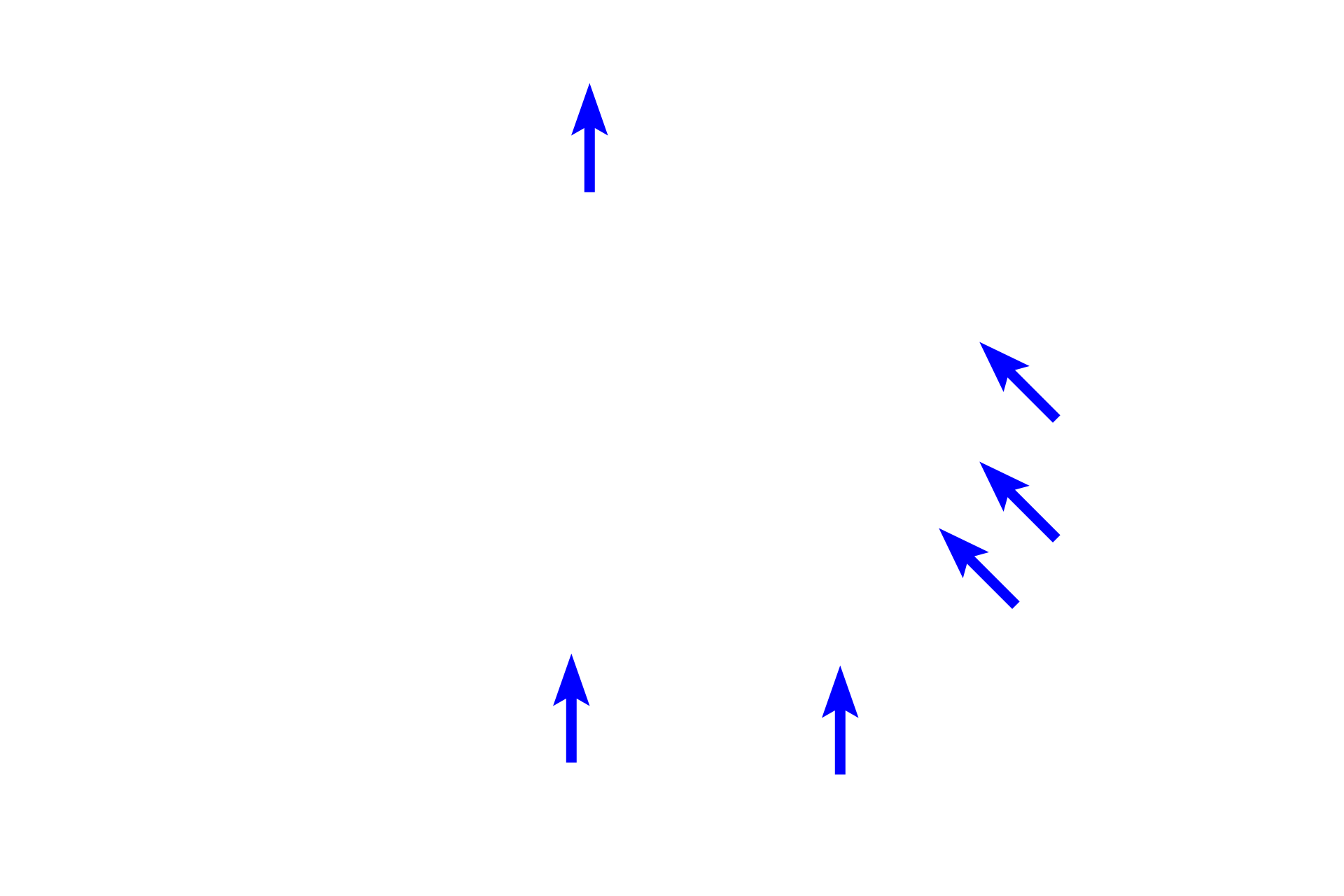
Bowman's capsule >
Bowman’s capsule is a double walled structure enclosing the glomerulus. An inner layer of cells, podocytes (visceral layer), surrounds the glomerular capillaries and serves as part of the filtration barrier. The outer parietal layer is a simple squamous epithelium, continuous with the proximal convoluted tubule. Separating the layers is Bowman’s space, where the filtrate accumulates.
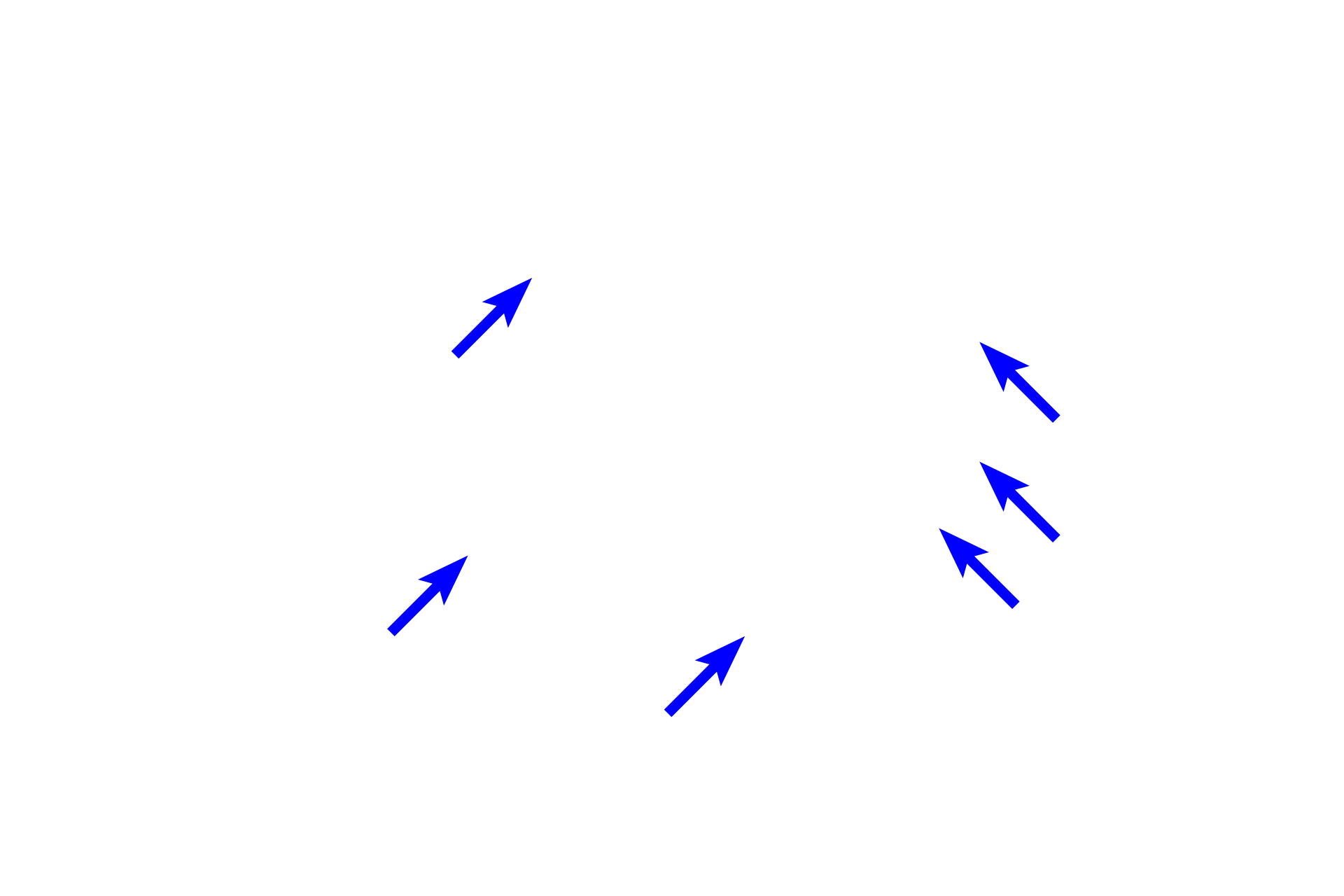
- Visceral layer
Bowman’s capsule is a double walled structure enclosing the glomerulus. An inner layer of cells, podocytes (visceral layer), surrounds the glomerular capillaries and serves as part of the filtration barrier. The outer parietal layer is a simple squamous epithelium, continuous with the proximal convoluted tubule. Separating the layers is Bowman’s space, where the filtrate accumulates.
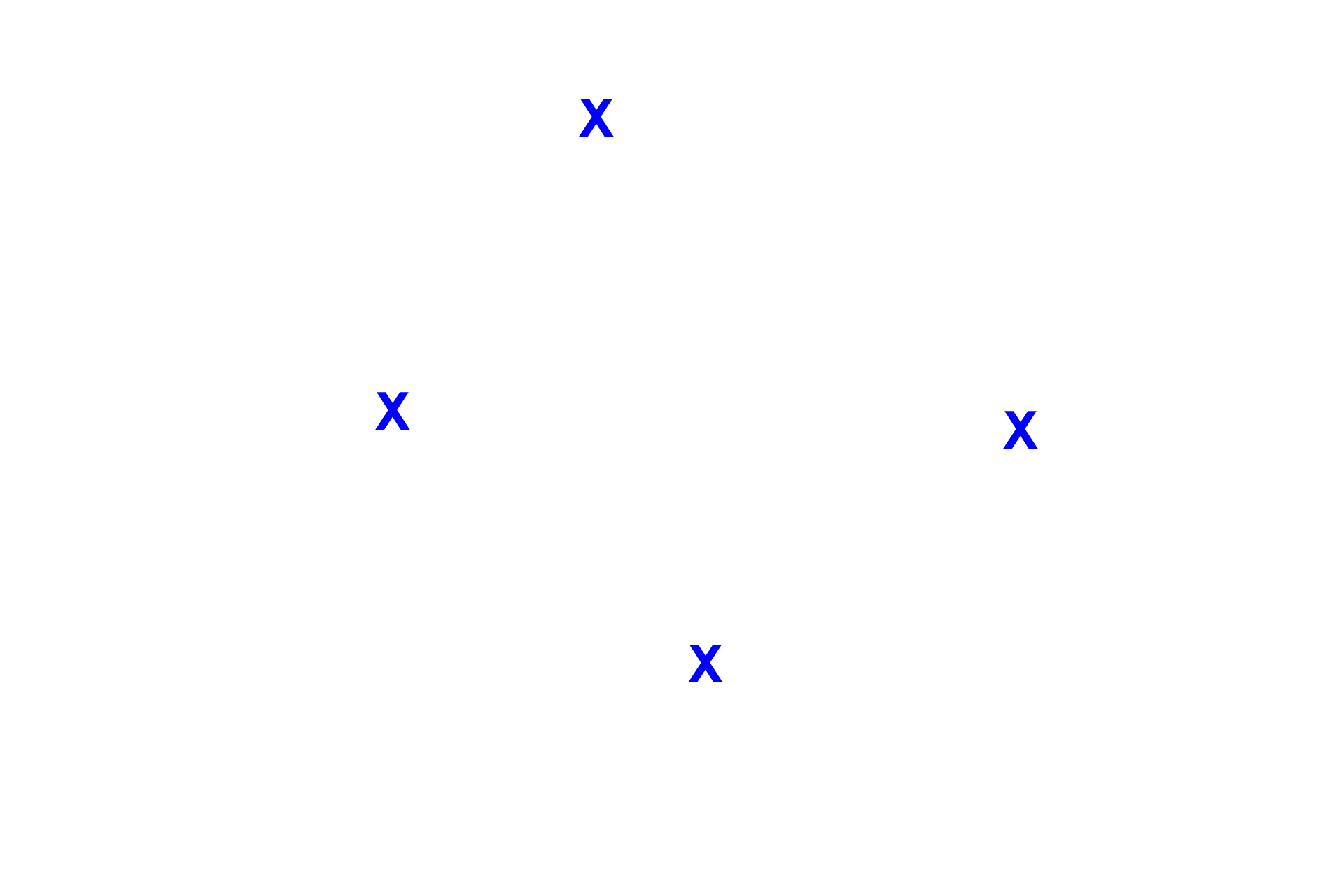
- Bowman's space
Bowman’s capsule is a double walled structure enclosing the glomerulus. An inner layer of cells, podocytes (visceral layer), surrounds the glomerular capillaries and serves as part of the filtration barrier. The outer parietal layer is a simple squamous epithelium, continuous with the proximal convoluted tubule. Separating the layers is Bowman’s space, where the filtrate accumulates.
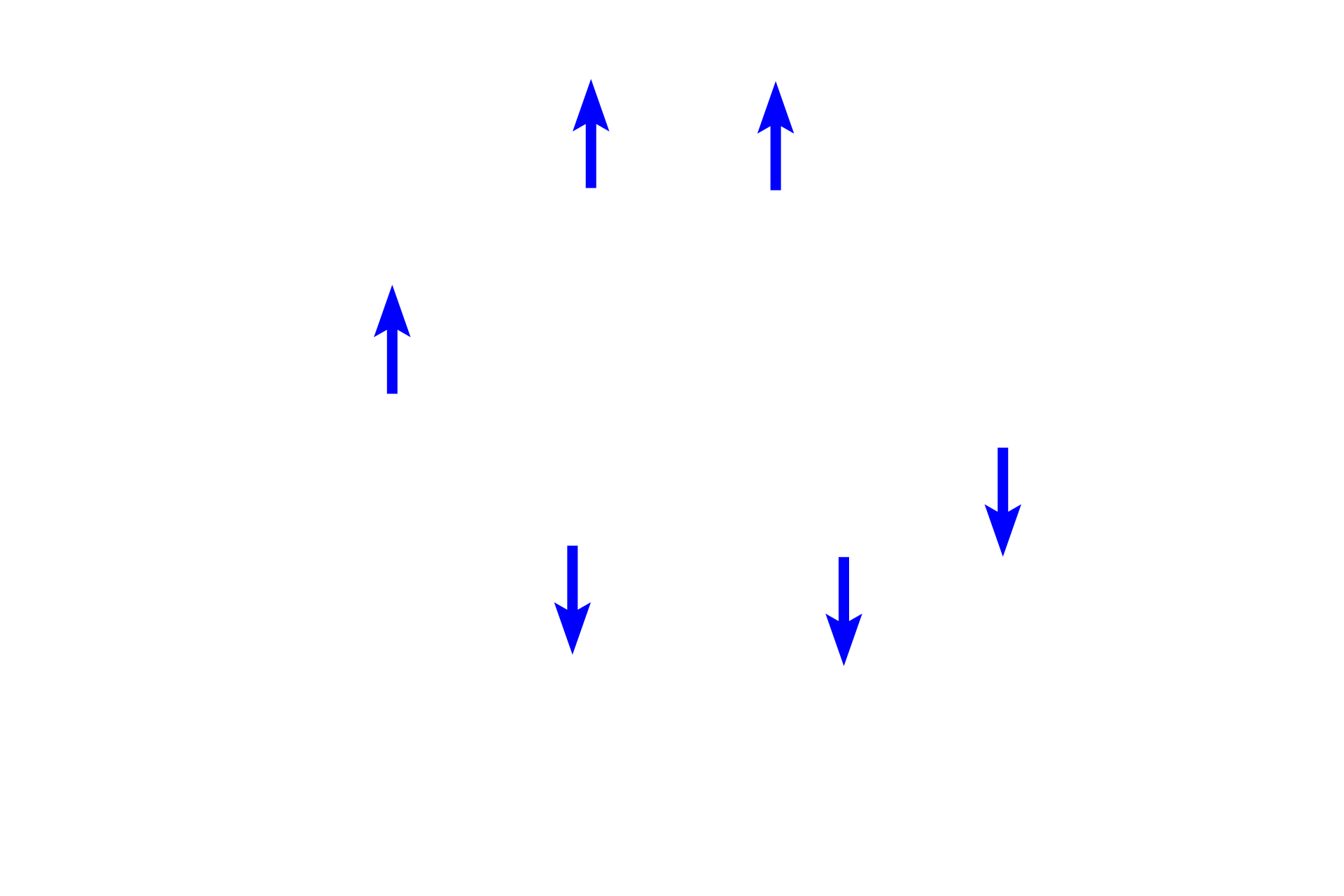
- Parietal layer
Bowman’s capsule is a double walled structure enclosing the glomerulus. An inner layer of cells, podocytes (visceral layer), surrounds the glomerular capillaries and serves as part of the filtration barrier. The outer parietal layer is a simple squamous epithelium, continuous with the proximal convoluted tubule. Separating the layers is Bowman’s space, where the filtrate accumulates.

Urinary pole >
The urinary pole is the continuation of the simple squamous epithelium of the parietal layer of Bowman’s capsule with the simple cuboidal epithelium forming the proximal convoluted tubule. At the urinary pole, the filtrate accumulating in Bowman’s space enters the first tubular part of the nephron, known as the proximal convoluted tubule.
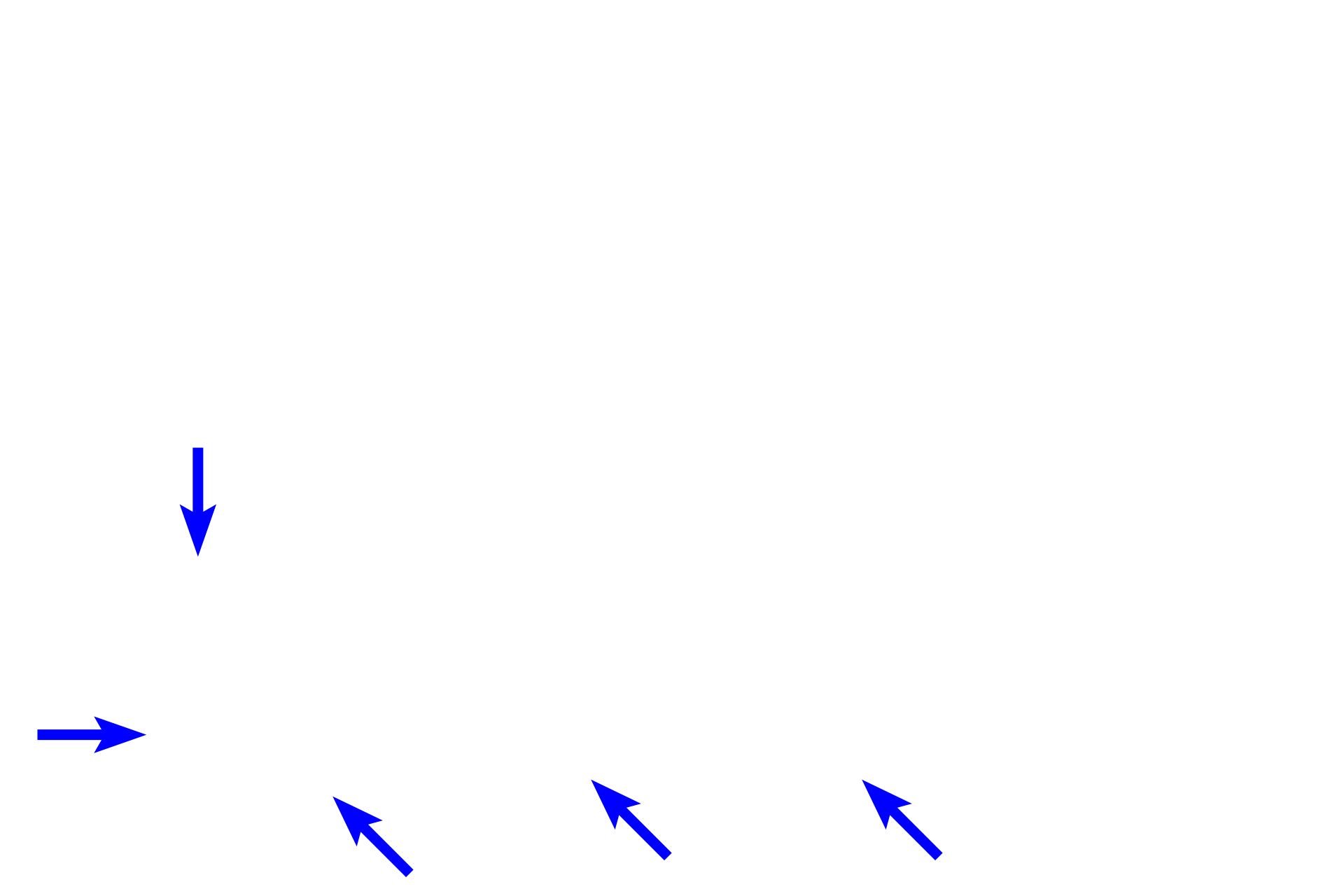
Proximal convoluted tubules
The urinary pole is the continuation of the simple squamous epithelium of the parietal layer of Bowman’s capsule with the simple cuboidal epithelium forming the proximal convoluted tubule. At the urinary pole, the filtrate accumulating in Bowman’s space enters the first tubular part of the nephron, known as the proximal convoluted tubule.

Ascending thick limb >
The ascending thick limb associated with this renal corpuscle loops back to its own vascular pole, where it lies adjacent to the afferent arteriole. Modified cells in the wall of the tubule, the macula densa, and cells in the wall of the afferent arteriole, juxtaglomerular cells, comprise the juxtaglomerular apparatus, which regulates blood pressure and blood volume.

- Macula densa
The ascending thick limb associated with this renal corpuscle loops back to its own vascular pole, where it lies adjacent to the afferent arteriole. Modified cells in the wall of the tubule, the macula densa, and cells in the wall of the afferent arteriole, juxtaglomerular cells, comprise the juxtaglomerular apparatus, which regulates blood pressure and blood volume.